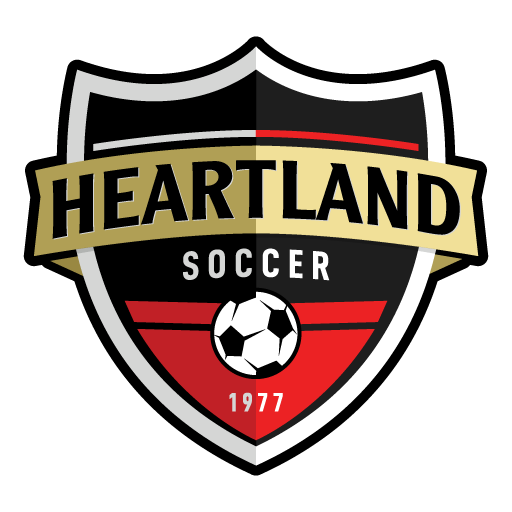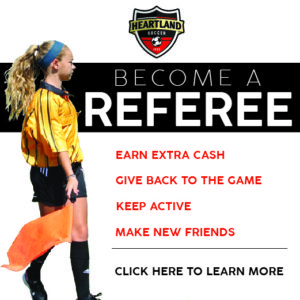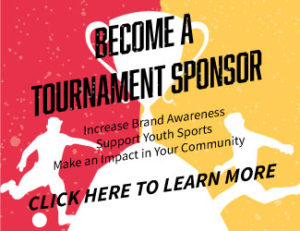You’re in the stands cheering. There’s a whistle – and it’s your son or daughter on the ground or court surrounded by concerned-looking coaches and teammates. You start breathing again when you see your child stand up, wave to you and seemingly take the blow in stride. No broken bones. No sign of limping. It doesn’t look like it was a serious knock… this time. But you’re worried, aren’t you?
Each year, approximately 46.6 million U.S. children play a team sport, and sports-related injuries send an estimated 12 million young athletes between the ages of 5 and 22 to the emergency room. The largest number, 37 percent, are from ages 13 to 15.
Orthopedic Injuries
Over 230,000 athletes are treated each year in emergency rooms for soccer-related injuries. Sprains and strains, often around the knee or ankle, are very common. Player collisions can cause a wide range of injuries and overuse injuries such as Achilles tendinitis and shin splints are common complaints as well. Remember, even though your young athlete may play through many of the symptoms and didn’t have an initial injury significant enough to rush them to the ER immediately, it can still take several hours for the bruising, swelling and pain of an orthopedic injury to develop.
If the injury is minor, you can treat it at home with Rest, Ice, Compression, and Elevation (RICE) for the first 48 hours. For pain relief, offer a nonsteroidal anti-inflammatory drug (NSAID) like ibuprofen or naproxen. Never give aspirin to anyone under age 20 due to the risk of Reye syndrome, a rare but serious disease that targets the brain and liver.
If an injury occurs, participation should be stopped immediately until the injury is evaluated and treated properly. Overuse injuries can often be treated with a short period of rest. Pushing through pain can be harmful and lead to further downtime. It is recommended that athletes take at least one season off per year from competitive sport to minimize the risk of overuse.
There are ways to decrease your risk of injury.
- Never participate in sporting activity if your body is not 100%.
- Maintain good physical condition and always take time to warm up and stretch before activity.
- Following activity also take the time to cool down.
- Most importantly, always remain hydrated.
- Utilize appropriate protective equipment such as shin guards and wear shoes with molded cleats or ribbed soles.
- Screw in cleats are often associated with a higher risk of injury.
- Try to avoid poor field conditions that can increase injury rates.
Don’t hesitate to head to the emergency room if the injury causes severe pain, swelling or numbness or the injured area feels unstable or cannot bear any weight or pressure.
For more information, I recommend that parents, caregivers and coaches review education from the Pediatric Orthopedic Society of North America and American Orthopaedic Society for Sports Medicine.
Concussion and Head Injuries
A concussion is a traumatic injury to the brain that changes the way that the brain normally works. Concussions account for about 12 percent of youth sports-related injuries. If you think that your child may have a concussion it is important to report it to a health care professional. Many physicians now encourage a baseline mental assessment that can provided a “normal” measure before injury to compare to assessments administered after the injury. These baseline and post-injury assessments are important in guiding treatment plans as well as return-to-learn and return-to-play recommendations.
Following a concussion it is important to give your child’s brain time to heal. Do not try to judge the severity of the injury yourself. You should immediately remove your child from play and consult a medical professional. Routine everyday activities may become more difficult and frustrating. Without the proper medical oversight, academic performance may suffer. Furthermore, playing or practicing with a concussion is dangerous and can lead to a longer recovery. While your brain is still healing you are much more likely to have another concussion, which can put you at risk for a more serious and permanent brain injury.
Always be watchful for signs of concussion in your young athlete, whether he or she lost consciousness or not!
Signs of concussion can be immediate or develop over hours or days. These include:
|
|
In rare cases signs of serious head injury include: significantly worsening headache or pressure, drowsiness or inability to wake up, seizures, repeated vomiting, pupils that are abnormally or unevenly dilated, slurred speech, and obvious changes in mental or physical function. If you observe these symptoms, seek immediate medical attention.
An excellent resource for parents and players is provided by the Center for Disease Control and Prevention. They also provide a convenient smartphone app called “Heads Up” that provides similar information.
Stay safe on the field!
To learn more about our dedicated Pediatric ER visit oprmc.com/KidsER or text ERKIDS to 32222 for our Peds ER average wait times*.
*Message and data rates may apply. For more info visit texterhelp.com.
Article Source: Overland Park Regional Medical Center
by Justin Conner, MD, Pediatric Orthopedic Surgeon and Sports Medicine expert









